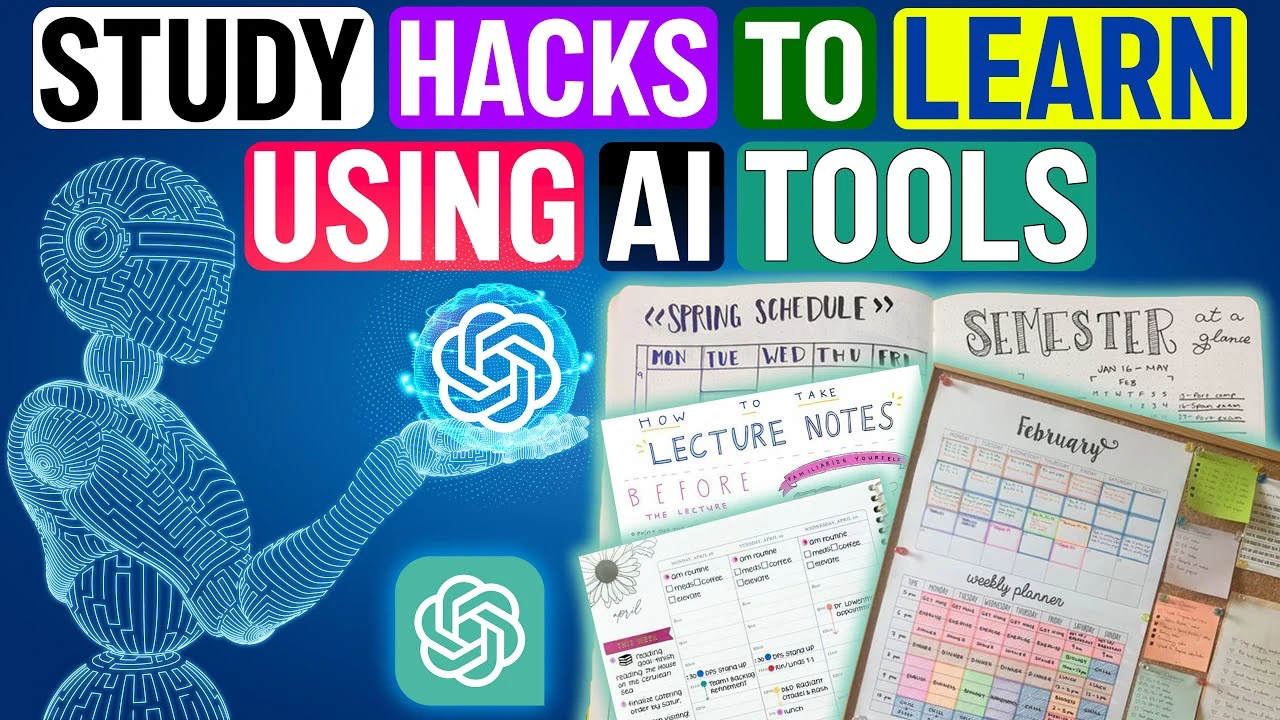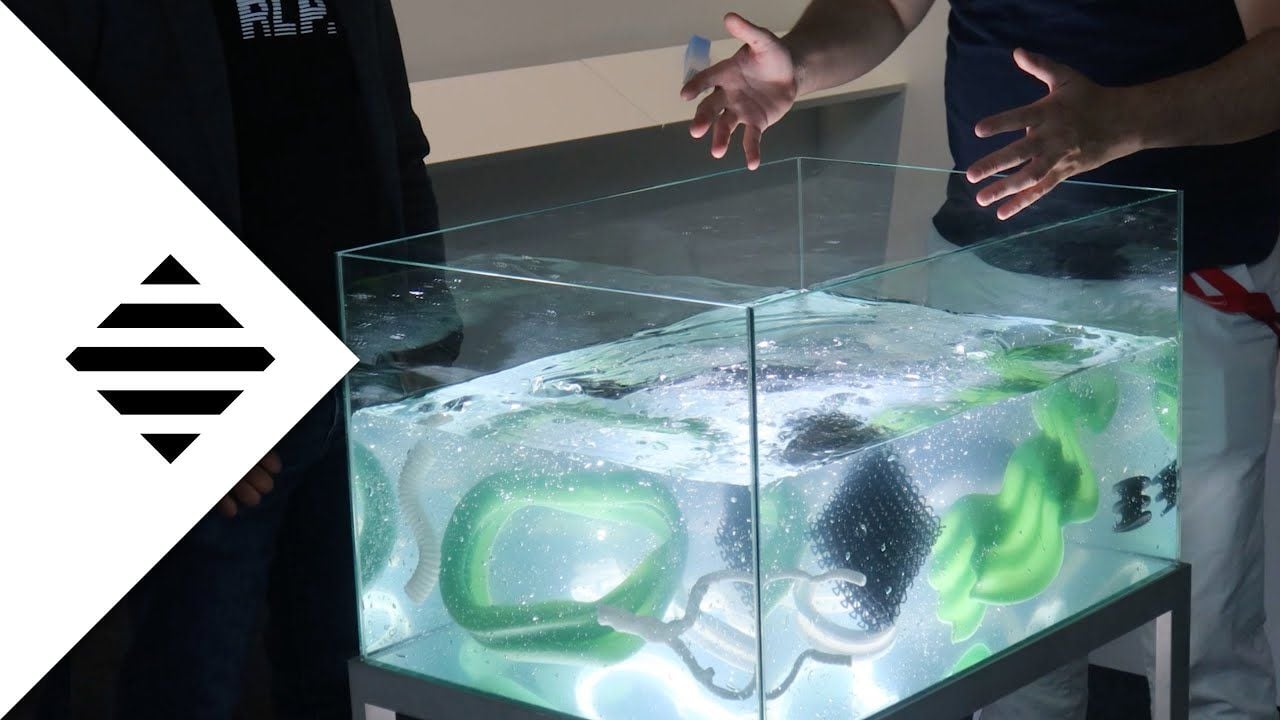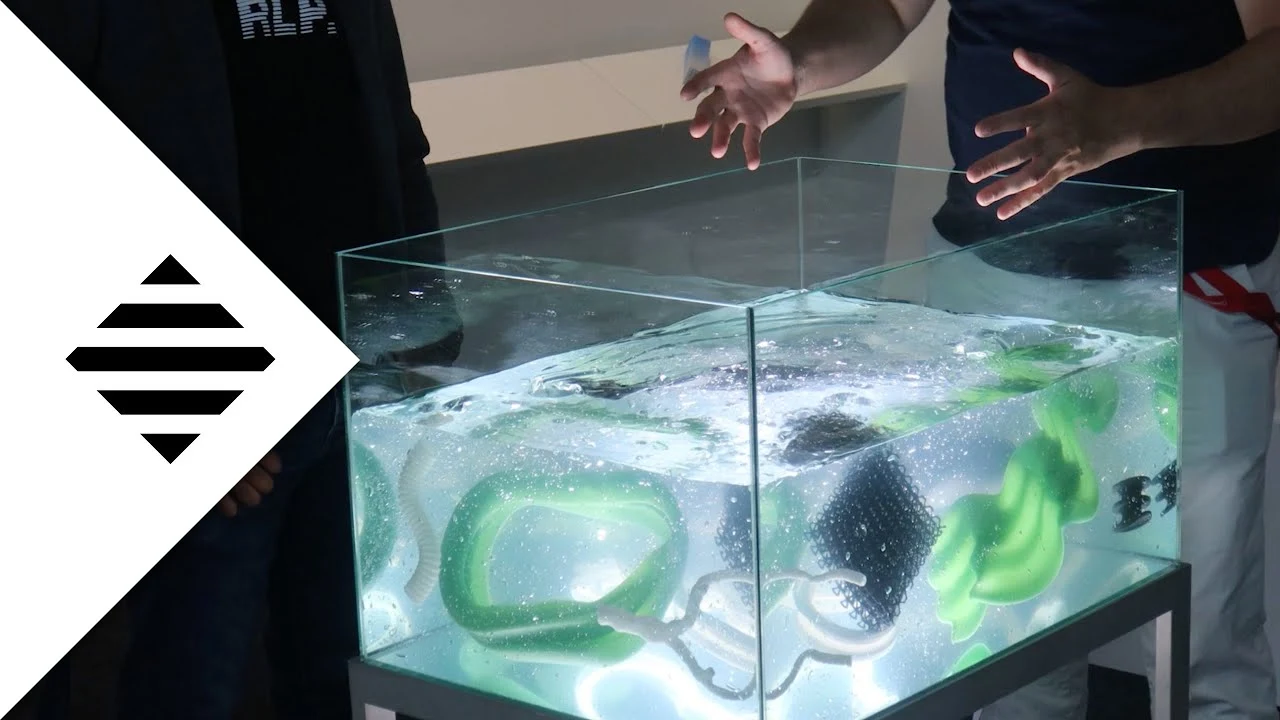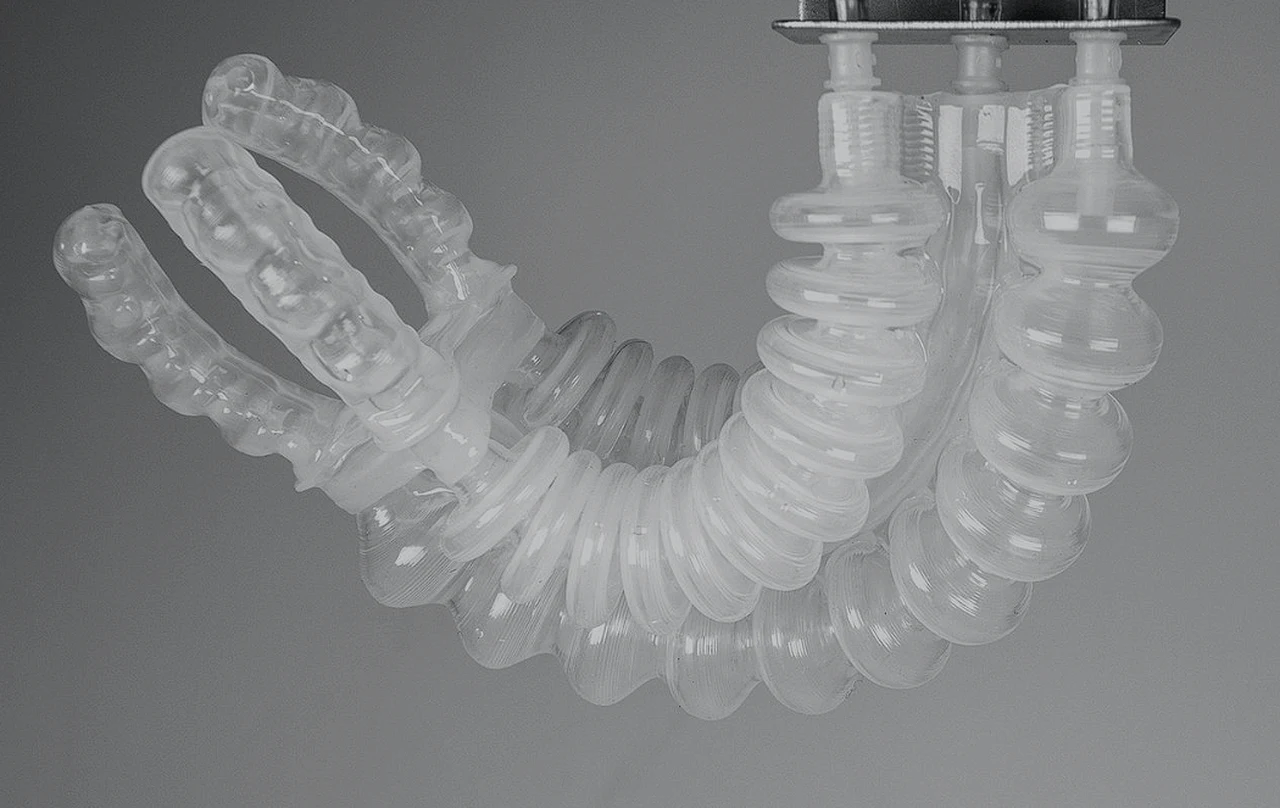
In today’s fast-paced digital world, the ability to learn quickly and efficiently is more valuable than ever. ChatGPT, a cutting-edge language model, has emerged as a powerful tool in the arsenal of learners across various domains. If you’re looking to leverage this technology to enhance your learning experience, you’re in the right place. This article will guide you through the key strategies to unlock rapid learning with ChatGPT, ensuring that you can absorb and apply new knowledge with unprecedented speed.
Understanding ChatGPT’s Capabilities
First and foremost, it’s essential to grasp what ChatGPT is and its capabilities. ChatGPT is a state-of-the-art language processing AI developed to understand and generate human-like text based on the input it receives. This makes it an invaluable resource for learners seeking to clarify concepts, practice language skills, or even generate ideas for projects and research.
Strategies for Effective Learning
- Interactive Learning: One of the standout features of ChatGPT is its interactive nature. Unlike static learning materials, ChatGPT can engage in a two-way conversation, allowing you to ask questions, seek clarifications, and explore topics in depth. This dynamic interaction fosters a deeper understanding and retention of information.
- Customized Content: ChatGPT can tailor its responses based on your input, making it possible to receive information that matches your current level of understanding and interest. This personalized approach ensures that you’re not overwhelmed by complexity or bored by simplicity, striking the perfect balance for effective learning.
- Practice and Application: Learning is not just about absorbing information; it’s also about applying it. ChatGPT can assist in this by providing examples, simulations, and quizzes tailored to the topic at hand. This practical application helps reinforce learning and improve retention.
- Language Learning: For those looking to learn a new language, ChatGPT can be a conversational partner available 24/7. Its ability to understand and generate text in multiple languages makes it an excellent tool for practicing reading, writing, and even conversational skills in a target language.
- Research and Idea Generation: ChatGPT can serve as a brainstorming partner, helping you to explore topics, gather information, and generate ideas for projects, essays, or studies. Its vast knowledge base and ability to process information can provide you with a starting point for research and creativity.
Maximizing the Benefits
To truly unlock rapid learning with ChatGPT, it’s important to approach the tool with a clear goal and open mind. Here are a few tips to maximize its benefits:
- Be specific with your queries to get the most relevant and precise information.
- Don’t hesitate to ask follow-up questions or for examples to clarify complex concepts.
- Use ChatGPT as a supplement to traditional learning methods, not as a replacement. Combining resources can provide a more rounded and comprehensive understanding.
- Practice regularly. The more you interact with ChatGPT, the better it becomes at understanding your learning style and needs, making the process more efficient over time.
Embracing the Future of Learning
ChatGPT represents a significant step forward in the realm of digital learning tools. Its ability to provide personalized, interactive, and accessible learning experiences makes it a game-changer for students, professionals, and lifelong learners alike. By understanding how to effectively utilize ChatGPT, you can unlock rapid learning, making the process more enjoyable and effective than ever before. Whether you’re diving into a new subject, mastering a skill, or exploring creative ideas, ChatGPT can support your journey every step of the way.
Remember, the key to leveraging ChatGPT lies in understanding its capabilities and integrating it into your learning strategy. With the right approach, this powerful tool can significantly enhance your ability to learn and apply new information quickly and efficiently. So, embrace this technology and watch as your learning process transforms, opening doors to new possibilities and opportunities.
Source & Image Credit: A Better Life
Filed Under: Guides
Latest timeswonderful Deals
Disclosure: Some of our articles include affiliate links. If you buy something through one of these links, timeswonderful may earn an affiliate commission. Learn about our Disclosure Policy.




